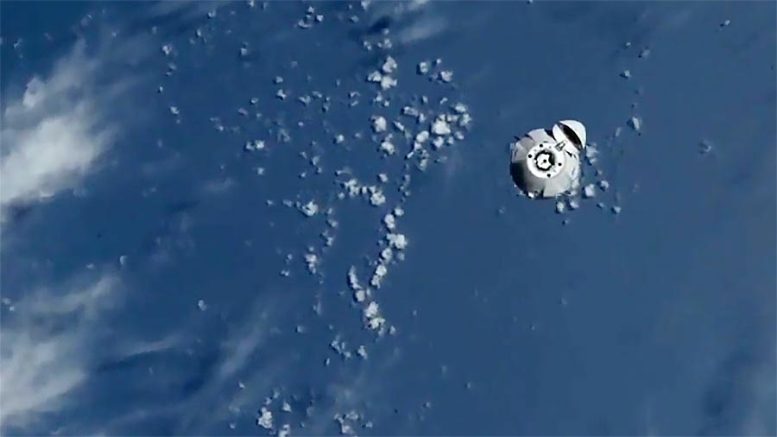
The SpaceX Dragon space freighter, carrying over 7,700 pounds of cargo, is pictured approaching the space station for docking on Sunday, November 27, 2022. Credit: NASA TV
Launched by a SpaceX Falcon 9 rocket on November 26, the Dragon resupply ship is now docked to the International Space Station (ISS) and open for business. The Expedition 68 crew has already begun unpacking several thousand pounds of cargo. Loaded inside Dragon are new science experiments exploring botany, biology, and physics, and new hardware to augment the ISS’s power generation system.
NASA Flight Engineer Josh Cassada opened Dragon’s hatch and entered the spacecraft less than two hours after the private space freighter docked at 7:39 a.m. EST (4:39 a.m. PST) on Sunday, November 27. He was joined by fellow flight engineers Nicole Mann and Frank Rubio of NASA, and Koichi Wakata of the Japan Aerospace Exploration Agency (JAXA) shortly afterward. The four astronauts then spent the rest of Sunday unloading critical science experiments and research samples for stowage aboard the orbiting lab.
SpaceX’s 26th commercial resupply mission (CRS) launched to the International Space Station from NASA’s Kennedy Space Center in Florida on November 26. The Dragon spacecraft carries scientific experiments and technology demonstrations that explore growing plants in space, creating nutrients on-demand, in-space construction, and more. Credit: NASA
New experiments are getting underway as the crew set up the advanced gear to explore the effectiveness of skin and bone healing in space on Monday. Wakata began the day stowing newly-arrived bone cell samples inside the Kubik incubator and skin samples in the BioLab research facility. The first study will explore how bone cells respond to microgravity while the second will observe how sutured wounds heal in weightlessness.
Also on Monday, Mann and Rubio partnered together to set up state-of-the-art biology hardware and transfer research samples delivered aboard Dragon into station facilities. The astronauts will soon research how microgravity affects the regeneration of skeletal stem cells potentially improving recovery from bone conditions on Earth and in space.
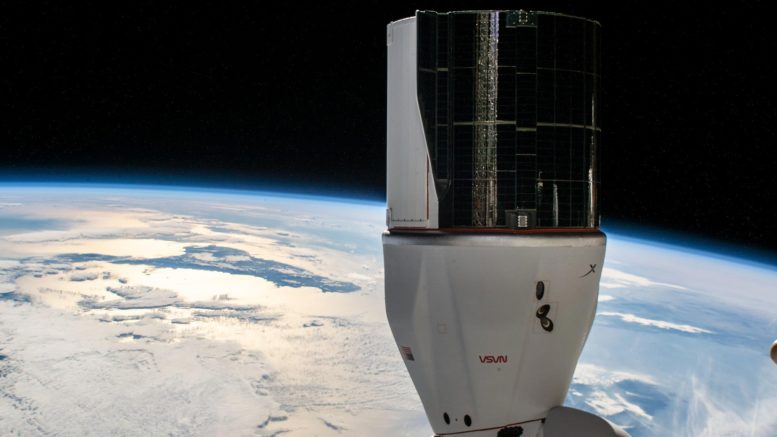
A SpaceX Cargo Dragon spacecraft docked to the International Space Station. Credit: NASA
In addition to the science experiments and supplies, Dragon also delivered a pair of new roll-out solar arrays that were transported inside its unpressurized trunk section. Robotic controllers on the ground this week will command the Canadarm2 robotic arm to remove the solar arrays and place them on attachment points located on the station’s truss structure. NASA astronauts Josh Cassada and Frank Rubio are due to install the new solar arrays on a pair of spacewalks targeted to occur before the end of the year.
Roscosmos Commander Sergey Prokopyev checked out a computer-controlled 3D printer on Monday before working on orbital plumbing tasks. Flight Engineer Dmitri Petelin worked on electronics maintenance early in the day and then later explored how electric and magnetic fields affect fluid physics in microgravity. Flight Engineer Anna Kikina collected air samples for analysis from the Zvezda, Zarya, Nauka, and Rassvet modules.

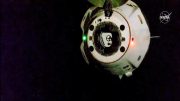



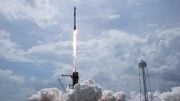
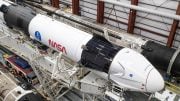
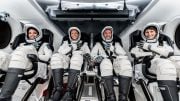
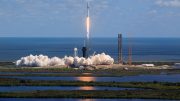
Be the first to comment on "Astronauts on Space Station Open Dragon and Unpack New Bone, Skin Healing Experiments"